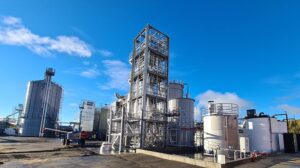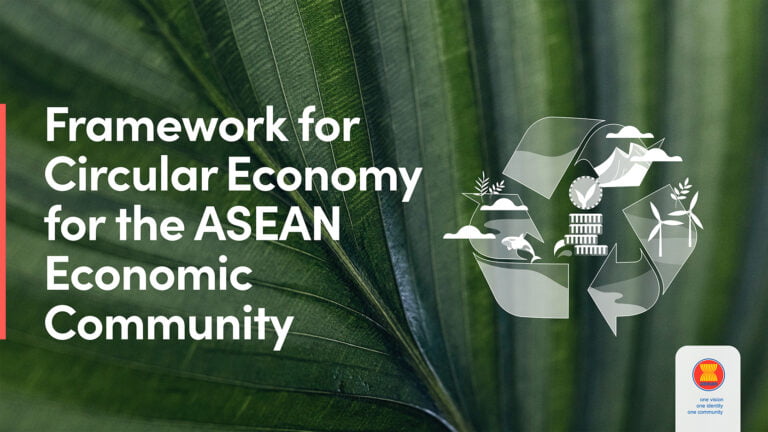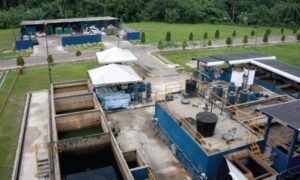
Biomass Pellets Offer a Carbon-Neutral Alternative to Coal
An innovative European Union–funded Arbaflame project is aiming to produce 70,000 tonnes of biomass-based combustibles per year to enable clean power generation.
Designing for a circular economy is one of the biggest creative challenges of our time.
Today most of the things we use are designed for a linear model. Our ambition is to engage designers and creators to rethink the design process and make designing for the circular economy the new normal.
As part of the Foundation’s #CircularDesignNow campaign, we’ve been exploring how circular design is applied across different topic areas – from fashion to plastics and cities to food, and more. Keep an eye out on the Foundation’s social media channels for interactive content and important design messaging, as well as Instagram Lives with companies that are bringing circular design to life.
To celebrate the launch of the campaign, the Foundation’s Design Network and Creative Lead, Simon Widmer delves deeper into the role circular design plays in the transition to a circular economy.
What is circular design and why is it at the heart of a regenerative future?
Look around you. Almost everything you see has been designed by someone. Your chair. The building you are in. Your clothes. And not just physical things, but also all of the services you use and the experiences that make up day to day life. How you order and get your food. The mobility and communication systems that connect you with your loved ones.
There are many definitions of and perspectives on design. Many agree that designing is about creating with intent, about addressing needs, and about moving towards preferred situations. The Montreal Design Declaration, which represents over 700 professional associations, design schools, and stakeholders, defines design as “the application of intent: the process through which we create the material, spatial, visual and experiential environments”.
This isn’t just about products or aesthetics. “Design as a discipline has moved from the traditional concept of the visual or tangible artefact through to orchestrating interactions and experiences, and to transforming systems,” as Nesta summarises.
It’s not just for people with ‘design’ in their job title. Even if you don’t call yourself a ‘designer’, you might still play a critical role in the design stage and determine the attributes and characteristics of future products, services, and systems. In fact, at least one person in every 20 that make up the world’s workforce is involved in the design stage and plays a crucial role in shaping our future.
Today, most of the materials we lose, and often after just one short use.
In industries such as fashion and plastic packaging more than 80% of all materials in our products and services are destined for landfill or incinerators, with a significant amount also leaking out of the system and into natural environments. They are part of a take-make-waste model. We take finite resources, use them only for a short period of time, after which they are lost from the economy. This is an enormous loss. We miss out on the opportunity to keep products and materials in circulation, and with it all the creativity, labour, and energy that went into them.
That’s why we need to adopt a fundamentally different approach in the way we create the products, services, and systems around us. We need to look ‘upstream’ to tackle the challenges we are facing — tackling them at the design stage rather than treating the symptoms of problems. We need to look at systems as a whole to understand how our creations fit into the bigger picture. And we need to have an inspiring vision and framework that can work in the long run.
Resource: Ellen Macarthur Foundation


An innovative European Union–funded Arbaflame project is aiming to produce 70,000 tonnes of biomass-based combustibles per year to enable clean power generation.

At Malaysia’s first waste-to-energy plant, municipal solid waste (MSW) is converted into refuse-derived fuel for use in an integrated steam power plant. This facility was designed to achieve the twin objectives of environmentally friendly MSW disposal and generating renewable power.

The ongoing consumption and production due to industrialization has become a threat to our planet. Industries are encouraging climate change through over usage of the land, water, and non-renewable resources.

